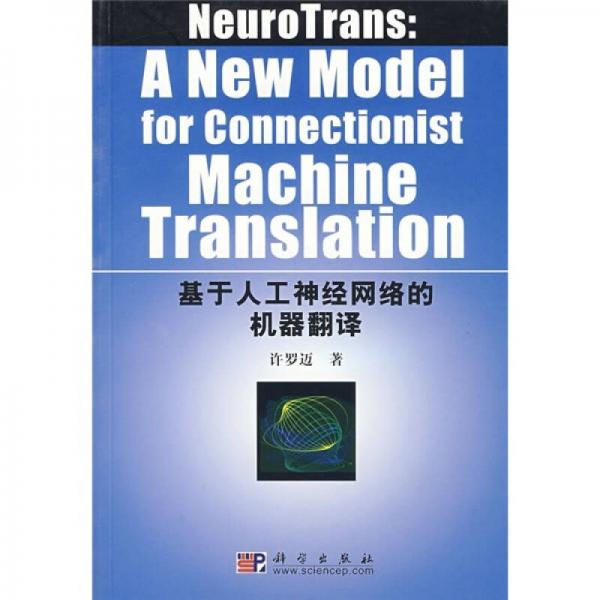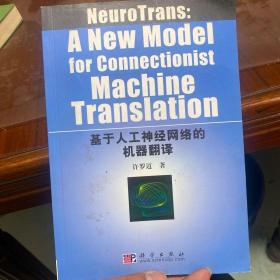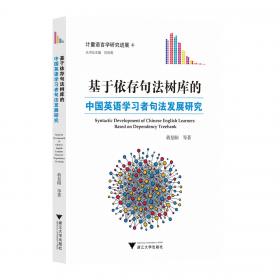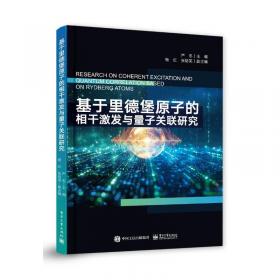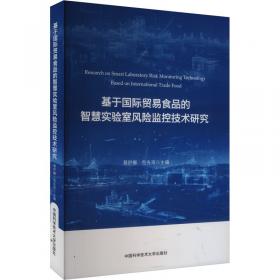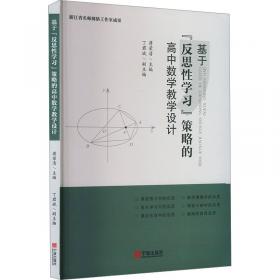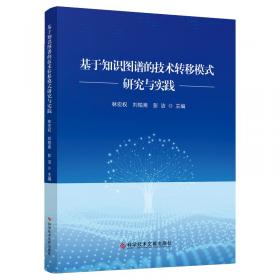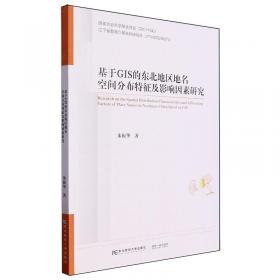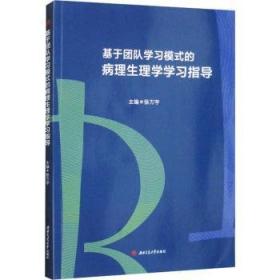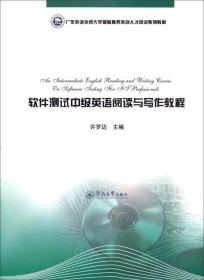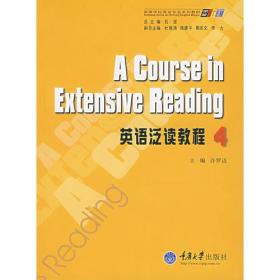基于人工神经网络的机器翻译
出版时间:
2007-06
版次:
1
ISBN:
9787030189813
定价:
25.00
装帧:
平装
开本:
其他
纸张:
胶版纸
页数:
216页
字数:
265千字
正文语种:
简体中文,英语
6人买过
-
《基于人工神经网络的机器翻译》基于语料库统计的机器翻译模式把机器翻译分为翻译模式和语言模式两种处理过程,作者尝试把人工神经网络技术应用于两种模式的处理,使之应用于机器翻译的全过程,是一项创造性工作,作者采用神经元自学习的方法,从少量实例开始,系统通过自学习建立机器词库和对应的译文,本研究实验证明对于确定的领域,该系统可以输出相当通顺的目的语,这种用分布式神经网络体系解决翻译模式的训练,较好地解决了单一网络学习能力有限的问题,对神经网络语言处理技术开发了新思路,有相当意义。
作者在应用神经网络处理语言模式方面,也提出了新的解决方案,改变了以往神经网络以复杂句法、语义特征为训练对象的普遍做法,采用词性标注为训练对象,以自创的一套词语移动符号基为训练目标的神经网络处理方法,是一种独特的处理方法,虽然作者指出这种方法未能得到预期的结果,但是如果能够如作者提出的把分布式神经网络体系也用于语言模式的训练,这种独特的方法成败与否还未可知。 Preface
Acknowledgements
ChapterOnePrologue
ChapterTwoMTstateoftheart
2.1MTassymbolicsystems
2.2PracticalMT
2.3AlternativetechniqueofMT
2.3.1Theoreticalfoundation
2.3.2Translationmodel
2.3.3Languagemodel
2.4Discussion
ChapterThreeConnectionistsolutions
3.1NLPmodels
3.2Representation
3.3Phonologicalprocessing
3.4Learningverbpasttense
3.5Partofspeechtagging
3.6Chinesecollocationlearning
3.7Syntacticparsing
3.7.1Learningactive/passivetransformation
3.7.2Confluentpreorderparsing
3.7.3Parsingwithfiatstructures
3.7.4Parsingembeddedclauses
3.7.5Parsingwithdeeperstructures
3.8Discourseanalysis
3.8.1Storygestaltandtextunderstanding
3.8.2Processingstorieswithscripturalknowledge
3.9Machinetranslation
3.10Conclusion
ChapterFourNeuroTransdesignconsiderations
4.1Scalabilityandextensibility
4.2Transferorinterlingual
4.3Hybridorfullyconnectionist
4.4Theuseoflinguisticknowledge
4.5Translationasatwostageprocess
4.6Selectionofnetworkmodels
4.7Connectionistimplementation
4.8Connectionistrepresentationissues
4.9Conclusion
ChapterFiveAneurallexiconmodel
5.1Languagedata
5.2Knowledgerepresentation
5.2.1Symbolicapproach
5.2.2Thestatisticalapproach
5.2.3Connectionistapproach
5.2.4NeuroTransinput/outputrepresentation
5.2.5NeuroTranslexiconrepresentation
5.3Implementingtheneurallexicon
5.3.1Wordsincontext
5.3.2Contextwithweights
5.3.3Detailsofalgorithm
5.3.4TheNeuralLexiconBuilder
5.4Training
5.4.1Samplepreparation
5.4.2Trainingresults
5.4.3Generalizationtest
5.5Discussion
5.5.1Adequacy
5.5.2ScalabilityandExtensibility
5.5.3Efficiency
5.5.4Weaknesses
ChapterSixImplementingthelanguagemodel
6.1Overview
6.2Design
6.2.1Redefiningthegenerationproblem
6.2.2Definingjumbleactivity
6.2.3Languagemodelstructure
6.3Implementation
6.3.1NetworkstructureSamplingTrainingandresults
6.3.2Generalizationtest
6.4Discussion
6.4.1Insufficientdata
6.4.2Informationrichness
6.4.3Insufficientcontextualinformation
6.4.4Distributedlanguagemodel
ChapterSevenConclusion
ChapterEightReferences
Index
-
内容简介:
《基于人工神经网络的机器翻译》基于语料库统计的机器翻译模式把机器翻译分为翻译模式和语言模式两种处理过程,作者尝试把人工神经网络技术应用于两种模式的处理,使之应用于机器翻译的全过程,是一项创造性工作,作者采用神经元自学习的方法,从少量实例开始,系统通过自学习建立机器词库和对应的译文,本研究实验证明对于确定的领域,该系统可以输出相当通顺的目的语,这种用分布式神经网络体系解决翻译模式的训练,较好地解决了单一网络学习能力有限的问题,对神经网络语言处理技术开发了新思路,有相当意义。
作者在应用神经网络处理语言模式方面,也提出了新的解决方案,改变了以往神经网络以复杂句法、语义特征为训练对象的普遍做法,采用词性标注为训练对象,以自创的一套词语移动符号基为训练目标的神经网络处理方法,是一种独特的处理方法,虽然作者指出这种方法未能得到预期的结果,但是如果能够如作者提出的把分布式神经网络体系也用于语言模式的训练,这种独特的方法成败与否还未可知。
-
目录:
Preface
Acknowledgements
ChapterOnePrologue
ChapterTwoMTstateoftheart
2.1MTassymbolicsystems
2.2PracticalMT
2.3AlternativetechniqueofMT
2.3.1Theoreticalfoundation
2.3.2Translationmodel
2.3.3Languagemodel
2.4Discussion
ChapterThreeConnectionistsolutions
3.1NLPmodels
3.2Representation
3.3Phonologicalprocessing
3.4Learningverbpasttense
3.5Partofspeechtagging
3.6Chinesecollocationlearning
3.7Syntacticparsing
3.7.1Learningactive/passivetransformation
3.7.2Confluentpreorderparsing
3.7.3Parsingwithfiatstructures
3.7.4Parsingembeddedclauses
3.7.5Parsingwithdeeperstructures
3.8Discourseanalysis
3.8.1Storygestaltandtextunderstanding
3.8.2Processingstorieswithscripturalknowledge
3.9Machinetranslation
3.10Conclusion
ChapterFourNeuroTransdesignconsiderations
4.1Scalabilityandextensibility
4.2Transferorinterlingual
4.3Hybridorfullyconnectionist
4.4Theuseoflinguisticknowledge
4.5Translationasatwostageprocess
4.6Selectionofnetworkmodels
4.7Connectionistimplementation
4.8Connectionistrepresentationissues
4.9Conclusion
ChapterFiveAneurallexiconmodel
5.1Languagedata
5.2Knowledgerepresentation
5.2.1Symbolicapproach
5.2.2Thestatisticalapproach
5.2.3Connectionistapproach
5.2.4NeuroTransinput/outputrepresentation
5.2.5NeuroTranslexiconrepresentation
5.3Implementingtheneurallexicon
5.3.1Wordsincontext
5.3.2Contextwithweights
5.3.3Detailsofalgorithm
5.3.4TheNeuralLexiconBuilder
5.4Training
5.4.1Samplepreparation
5.4.2Trainingresults
5.4.3Generalizationtest
5.5Discussion
5.5.1Adequacy
5.5.2ScalabilityandExtensibility
5.5.3Efficiency
5.5.4Weaknesses
ChapterSixImplementingthelanguagemodel
6.1Overview
6.2Design
6.2.1Redefiningthegenerationproblem
6.2.2Definingjumbleactivity
6.2.3Languagemodelstructure
6.3Implementation
6.3.1NetworkstructureSamplingTrainingandresults
6.3.2Generalizationtest
6.4Discussion
6.4.1Insufficientdata
6.4.2Informationrichness
6.4.3Insufficientcontextualinformation
6.4.4Distributedlanguagemodel
ChapterSevenConclusion
ChapterEightReferences
Index
查看详情
-
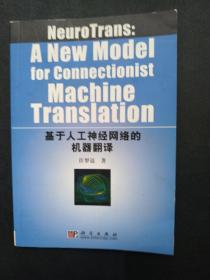 3
3
九品
湖北省孝感市
平均发货8小时
成功完成率97.07%
-
八五品
上海市黄浦区
平均发货9小时
成功完成率90.37%
-
 10
10
八五品
陕西省西安市
平均发货13小时
成功完成率96.79%
-
 6
6
九品
北京市通州区
平均发货5小时
成功完成率96.69%
-
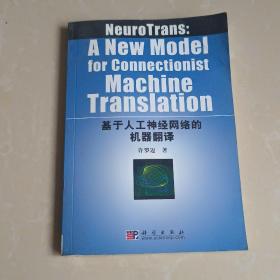 9
9
八五品
河南省信阳市
平均发货7小时
成功完成率96.61%
-
 7
7
九品
广东省佛山市
平均发货10小时
成功完成率95.23%
-
 4
4
2007-06 印刷
印次: 1
九品
北京市昌平区
平均发货9小时
成功完成率96.15%
-
八五品
湖南省长沙市
平均发货9小时
成功完成率92.68%
-
 3
3
九品
江苏省常州市
平均发货12小时
成功完成率94.89%
-
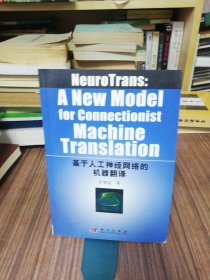 11
11
九品
北京市海淀区
平均发货10小时
成功完成率94.78%
-
五品
上海市徐汇区
平均发货19小时
成功完成率81.25%
-
 7
7
九品
陕西省西安市
平均发货4小时
成功完成率95.47%
-
 7
7
九品
吉林省长春市
平均发货6小时
成功完成率95.77%
-
全新

 占位居中
占位居中

